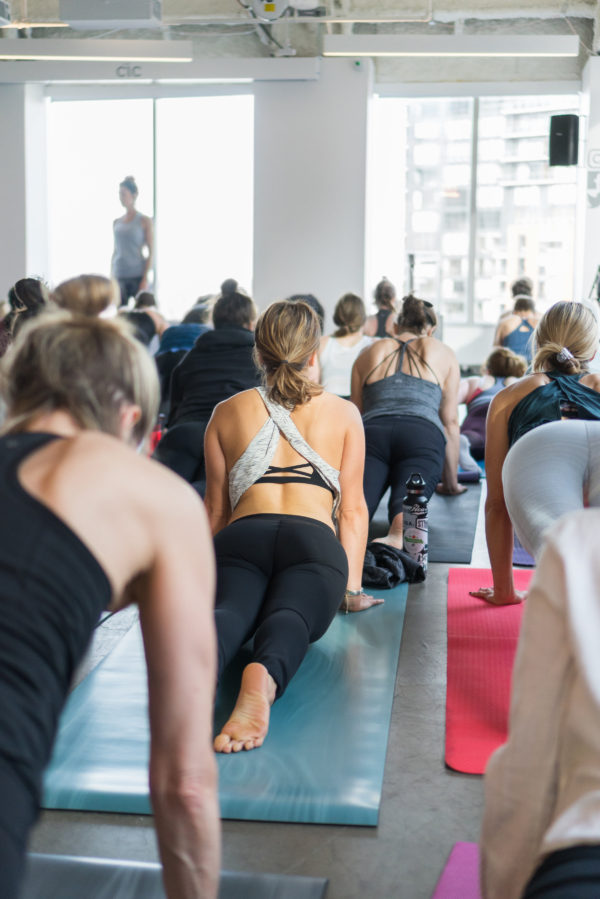
I’ve taught heated yoga classes for many years and my training started in the Baptiste Yoga methodology where heat is most definitely an important part of the practice. Over the years, most of my classes in studios continue to be in heated rooms although I teach yoga outside of studio settings as well as in non-studio environments. It’s hard to get the right heat if you don’t have the appropriate infrastructure so those classes tend to be more of the “room temperature” variety. But I sometimes get the question after class, “Can you tell me how hot it was in there?” Or the related question BEFORE class, “Can you tell me if you’ll turn the heat up all the way?”
I always find these questions interesting. I mean, what’s really behind the question, as in, what’s the REAL question there? (if you have an idea, please leave a comment below). My sense is that it could be 1- curiosity on the part of the student, just to know what the temperature was or 2- the student is looking for some sort of metric that they can then use to make a determination about the kind of experience they had.
In order to look at this a bit further, let’s look at why we heat the room in the first place. Let’s start with what does not happen and then we can look at what does happen. What doesn’t happen is the action of “detoxifying” your body. You might hear this in class and from some of the research I’ve done, it does appear that trace levels of toxins may be released through sweating. But the bulk of detoxification in the body is done by your liver and your kidneys. So, while you might think that all that sweat must mean you’re detoxifying your body, think again.
When you’re sweating, it’s your body’s way of regulating your internal temperature. It’s a sign that it’s exerting itself and it’s hot (in the room or outside if that’s where you are) and to regulate the temperature, the sweat glands release sweat. As the sweat evaporates, the body cools. Sweat contains salt and sweating has a cooling function. You can read more about it here in this great article by Columbia University.
Now, having said that, what does it help you do in a yoga class? Well, it may help you warm up your muscles and joints to aid in movement. If you’ve ever been to physical therapy for a sore muscle or a joint injury, you might notice that part of your treatment is heat therapy. The therapist may use a heating pad or compress on the injured area to increase blood flow to the area but to also increase the potential for ease in movement. To a certain extent, you can think of the heat in a yoga class as a way to warm up the body including muscles and joints, to assist in movement.
Now, while this can be helpful, especially if you tend to be a bit more inflexible, it shouldn’t be an invitation to push yourself in yoga class to the extent that you strain tight muscles. The goal of yoga practice isn’t to be “super flexible” but instead to create healthy range of motion in your joints. Heat may be helpful in facilitating healthy movement. Sweating may feel great and may also have a psychological impact as well; who can’t relate to the feeling of working out and getting a good sweat going? So, between the two aspects, they both can give you a feeling of accomplishment.
Just keep these ideas in mind though and recognize they have very little to do with the actual “number” in terms of how hot it is in the room. Approach your practice more from the broad perspective of improving range of motion and it shouldn’t really matter how warm the room is; what should matter is how you feel when you’re done.
If you’d like to learn more about yoga practice, especially the anatomy involved, I invite you to take my LEARN YOGA Challenge. It’s a free video series on my You Tube Channel that will walk you through the main poses AND teach you the associated anatomy. You can download the guide here.Â
Feel free to comment below. Thank you for reading!
